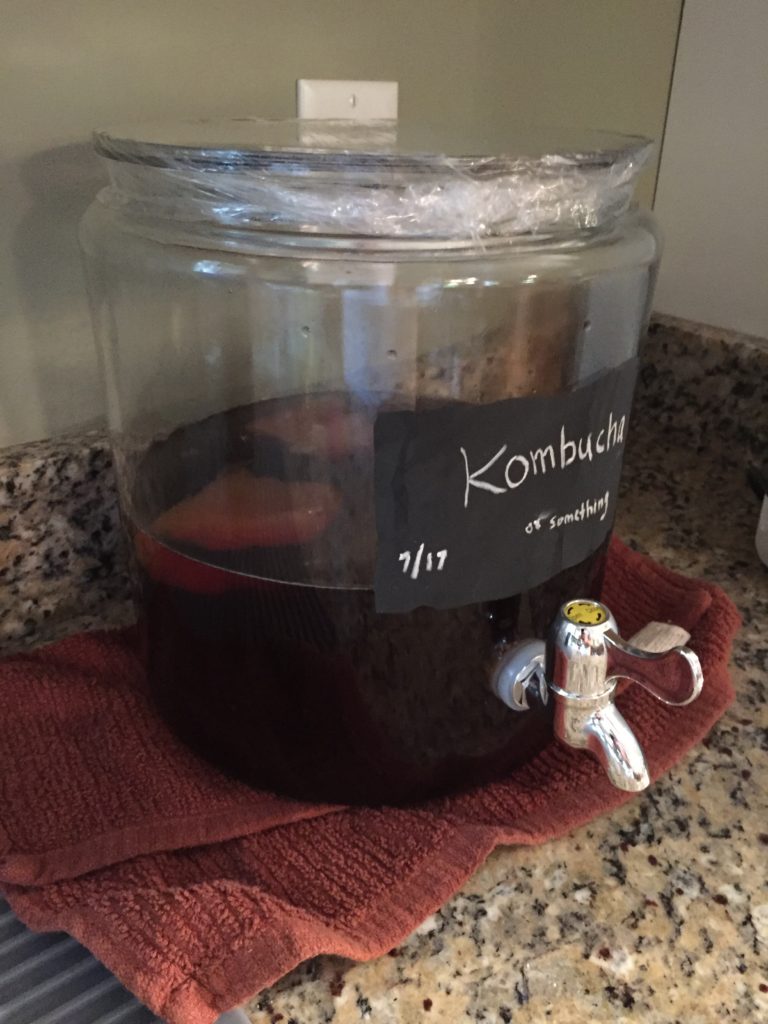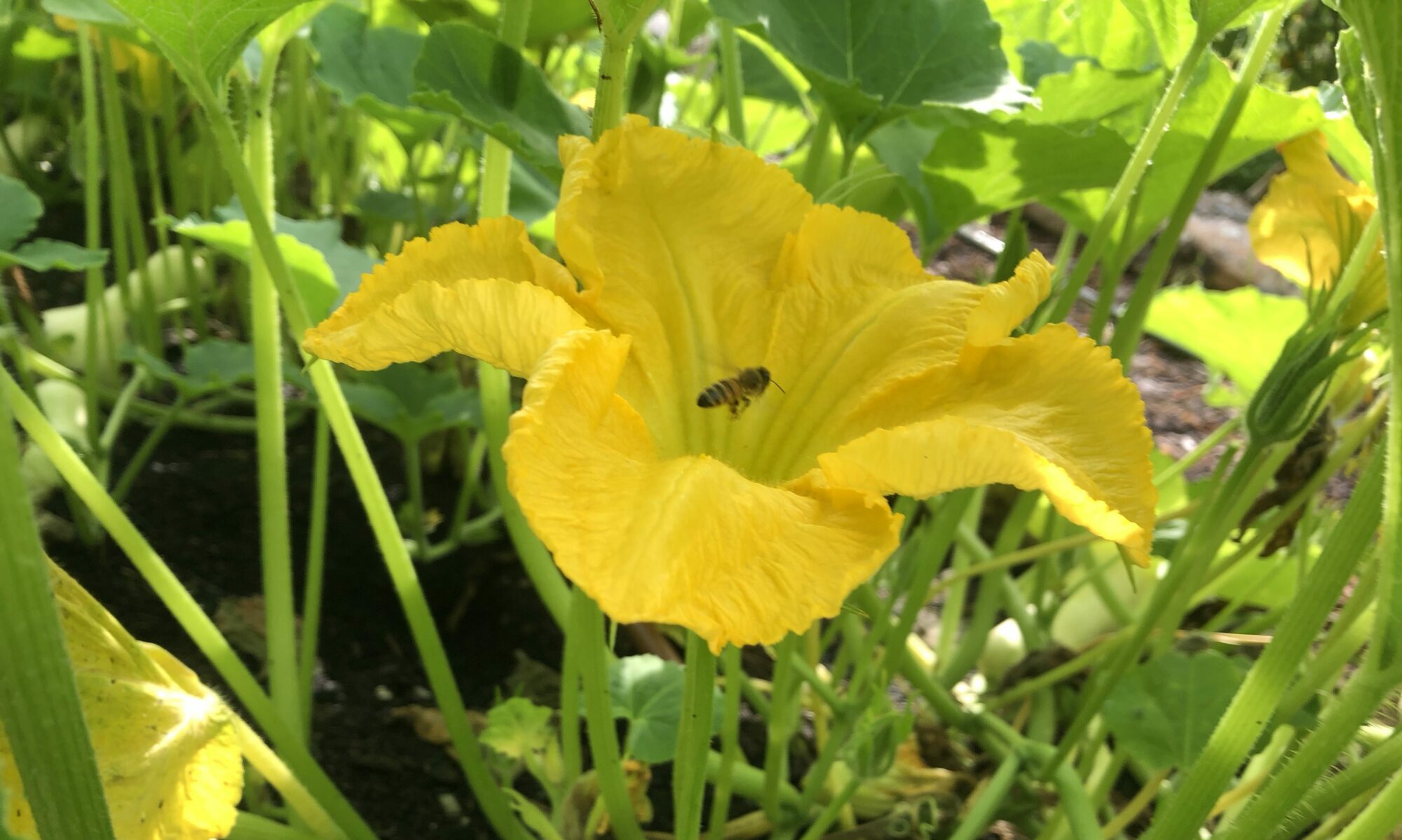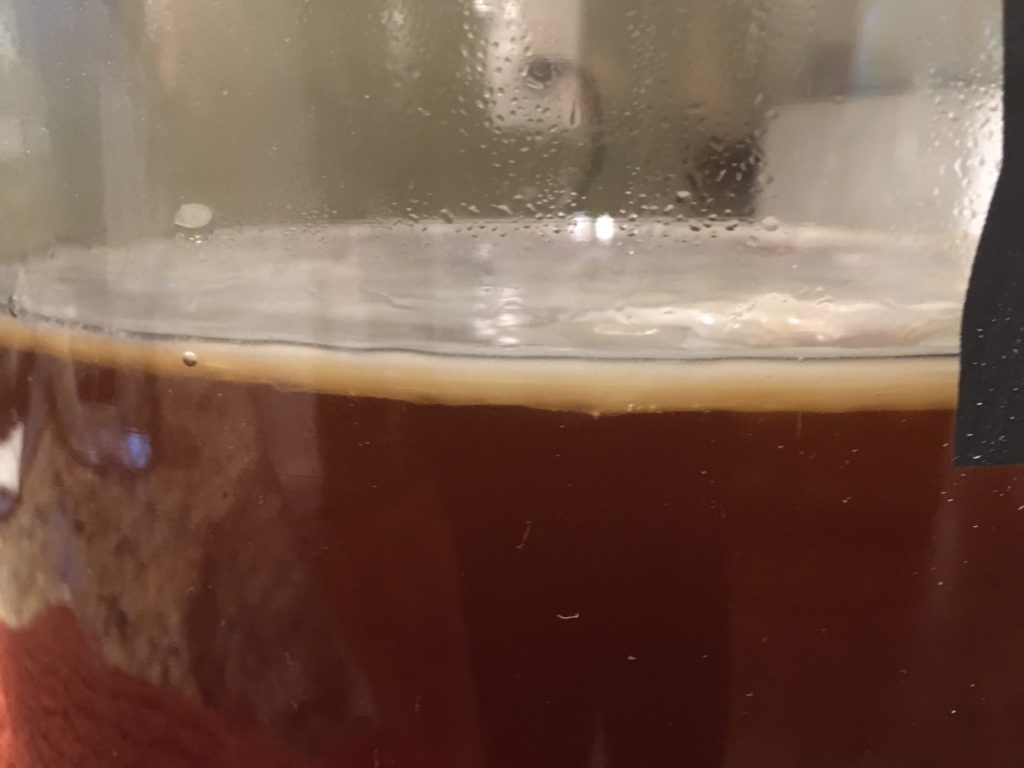I know kombucha may not be a new thing to a lot of you. My wife has been drinking it for a few years now as a treat, maybe once or twice a week since it is so expensive. Most of the grocery stores around here (Richmond, VA) sell several different flavors/brands ranging from 3-4 dollars or more. For 12-16 oz, that’s a bit pricey as far as we’re concerned.
A few weeks ago, a local nursery called Sneed’s Nursery had a class about making Kombucha. We had talked about this several times and just never got around to getting the SCOBY, or the supplies, so when this class popped up, we decided now was a good time. We stopped on the way home after the class to pick up a big party size drink dispenser, the kind you usually see filled with tea or lemonade. One with a spigot at the bottom (made from plastic, not metal, I’ll explain more later), is ideal to make for easy bottling/drinking.
The most important thing about making kombucha is the SCOBY. It’s an acronym that stands for Symbiotic Colony of Bacteria and Yeast. Much like the starter or “mother” for sourdough bread, you get a SCOBY from someone who is making their own kombucha. If you don’t know anyone like that, you can either order a SCOBY from places online, or some health food stores have them. Or, you could buy a store bought kombucha and instead of drinking it, you could make up a batch from the purchased drink since it has a small about of the bacteria/yeast colony in it.
What is kombucha? It is fermented tea. It doesn’t taste much like tea at all, as it’s a bit sour and tastes more like vinegar. It is tart and tangy and served cold can be very crisp and refreshing. The store bought versions are usually mixed with some other flavors to help the masses enjoy it. Ginger is a popular addition, as is cranberry and lemon, but you can find it a wide variety of flavors as more people take a liking to it.
“Why would you want to drink kombucha?”, you might ask. Since this is a food/health/wellness blog, and I am obsessed with gut bacteria, you might have guessed that kombucha is a probiotic! Just like yogurt, kefir or kimchi or sauerkraut, it’s full of gut friendly bacteria to help fight off bad bacteria.
If you are interested in making your own, I’ll tell you how I make mine, which is based on the directions given by the lady who taught the class.
Things you’ll need:
A gallon size pot, tea bags, sugar, water, a glass container to ferment the tea, plastic wrap and tightly sealable containers.
A glass container is necessary, don’t skimp and get a plastic or metal container. Plastic will make it taste funny and metal will ruin the SCOBY. Our container has a plastic spigot (painted silvery on the outside) which is fine.
Step 1: Get a SCOBY
Step 2: Brew a gallon of sweet tea. 1 gallon of water, 8 tea bags (they can be green or black or mix and match, not herbal or citrus flavored though), and 1 cup of sugar. White, refined, plain cheap sugar is ideal. It’s easier for the SCOBY to eat. Bring a pot of water to a boil, mix in the sugar until it dissolves, remove from the heat and add your tea bags. Let the tea sit until it is room temperature again. Not lukewarm, not tepid, room temperature, like 75 degrees F. This is important because if the tea is too hot, you will kill the SCOBY.
Step 3: Once your tea is brewed and it’s not hot at all, you pour your tea into a glass container. 
Step 4: Add the SCOBY.
Step 5: Cover the tea so nothing gets in, but air can get out. Leave it out on the counter/pantry at room temperature. Do not put it in the fridge. We’ve covered ours with saran wrap and poked small holes in it with the tip of a toothpick. You want the holes small enough so dust/mold/fruit flies can’t get in, but CO2 can get out. The SCOBY will produce CO2 and vinegar as by products when the eat the sugar. If you are worried about calorie count or sugar content of kombucha, it is very low because the bacteria and yeast eat practically all the sugar.
Step 6: Wait. Wait until your SCOBY spreads across your entire container, from edge to edge. Depending on how cool or warm you keep your house, this may take a week or two. Once the SCOBY fills the container, it will thicken and continue to grow. The longer it grows, the more vinegary your kombucha will taste. At this point it is determined by personal preference. You can drink it earlier for less vinegar or wait longer if you’d like. We usually wait about 10-12 days since we like it pretty vinegary.
Continuing to make Kombucha: the original SCOBY, we’ll call it SCOBY-A you got from a friend/internet/bottle used for batch one will grow a new SCOBY, called SCOBY-B, which is what will grow and fill your container. After it has grown and you have harvested/drunk almost all your Kombucha, you will brew a new batch of sweet tea and will take SCOBY-A out of the container with very clean hands. SCOBY-B remains in the container and you pour your new tea over SCOBY-B. This will then ferment for 1-2 weeks while growing a SCOBY-C and producing your second batch of Kombucha. The cycle repeats and you remove the older SCOBY and let the new SCOBY do it’s magic, always leaving the new SCOBY. The newer SCOBY is always going to be the one at the top of the container.
There is a way to “Double-ferment” the tea, which is were the “tightly sealable containers” come into play and most of the fizz (and tiny bit of alcohol) comes from. Instead of drinking the tea straight from your container with a spigot, you can pour the kombucha into a container you can seal tightly and this is when you can add flavors. You can squeeze the juice out of a small piece of ginger (microplane grater and a garlic press work well here) and add it to the container, along with a small (1 tsp) sugar. This is so the bacteria can have some fresh sugar to eat and produce more CO2. You can add herbal/flavored teas to this container, or any juice that has some sugar instead of the tsp of sugar. Let the double fermenting jars sit out at room temperature for 3-4 days and then put in them in the fridge if you’re not going to drink them immediately. Get creative! Let me know what recipes you come up with!

